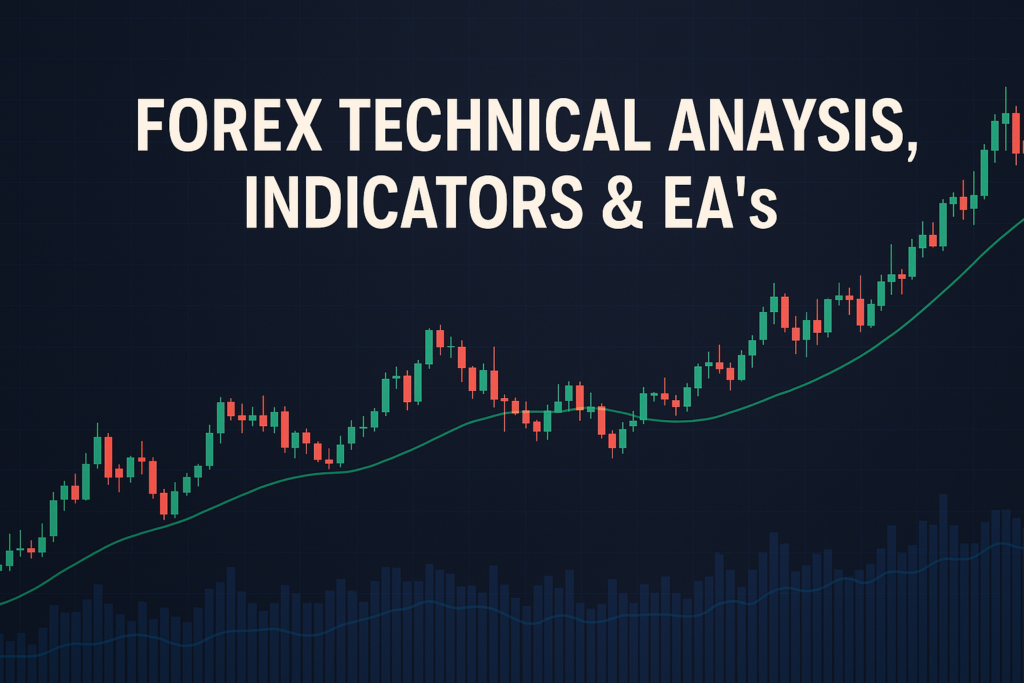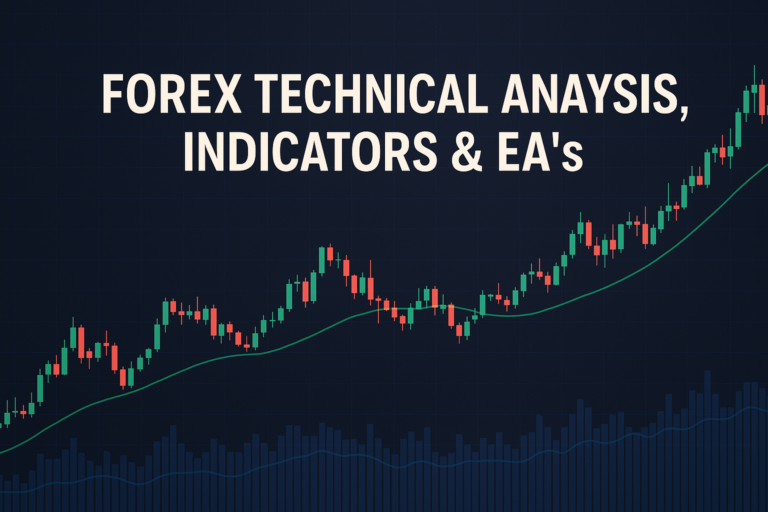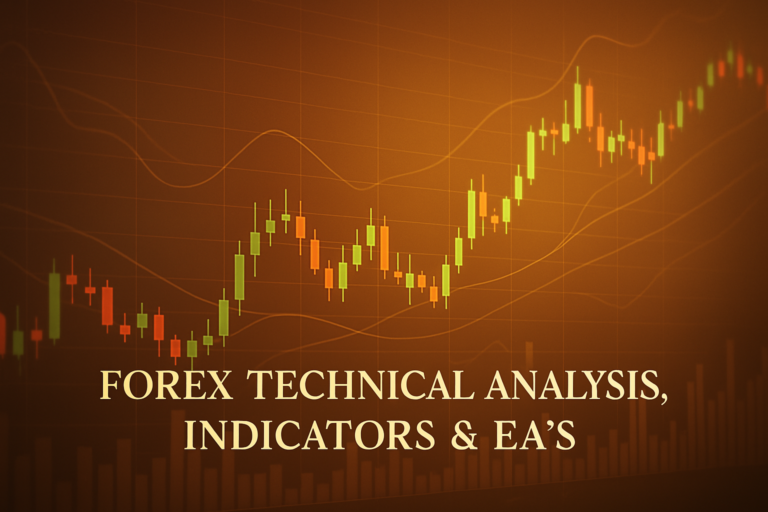
5 day moving average is a key indicator in Forex trading, helping traders identify trends and make informed decisions.
The 5 day moving average is a powerful tool in Forex trading. It’s like a trend line that helps traders see the average price of a currency pair over the last five days. This simple yet effective indicator can guide your trading decisions by highlighting potential trends and reversals.
However, both beginners and professional traders often struggle with understanding and applying the 5 day moving average. They may find it difficult to interpret the signals or incorporate it into their strategies effectively. This article aims to simplify the concept and showcase how mastering the 5 day moving average can enhance trading results.
In this article, we will explore what a 5 day moving average is, its history, advantages, and disadvantages. We will also provide step-by-step guidance on how to apply it in popular trading platforms like MT4 and MT5, and share various trading strategies that utilize this essential indicator.
Sometimes it takes a second or two to appear. Understanding the nuances of time delays in Forex can greatly improve your trading decisions. Learn more about it here.
What is a 5 day moving average?
The 5 day moving average is a simple calculation that shows the average price of a currency pair over the last five days. Imagine you want to know how much a currency has been worth recently. Instead of just looking at one day’s price, the 5 day moving average gives you a better picture by smoothing out daily fluctuations.
Types of 5 day moving average
There are different types of moving averages, including:
- Simple Moving Average (SMA): This is the most basic type. It adds the last five prices and divides by five.
- Exponential Moving Average (EMA): This gives more weight to recent prices, making it more responsive to changes.
- Weighted Moving Average (WMA): Similar to the EMA, but it gives different weights to prices based on their age.
How 5 day moving average smooths out price action
The 5 day moving average smooths out price action by averaging out the highs and lows over the past five days. This helps traders see the overall trend rather than getting caught up in daily price swings. For instance, if a currency pair is trending upwards, the 5 day moving average will also rise, confirming the trend.
Common periods used and why
While the 5 day moving average is popular, traders often use other periods too. The 10-day, 20-day, and 50-day moving averages provide different perspectives. Shorter periods like the 5-day moving average react quickly to price changes, while longer periods like the 50-day moving average show the overall trend more clearly. Each serves a purpose depending on your trading strategy.
The History of 5 day moving average: How It Became Popular
Origin of 5 day moving average
The concept of moving averages dates back to the early 1900s, created by early market analysts to track price movements. The 5 day moving average became popular as traders sought a simple yet effective way to analyze trends.
When did traders start using it widely?
By the 1970s and 1980s, with the rise of computer technology, traders began using moving averages more widely. The 5 day moving average became a favorite for day traders looking to make quick profits.
Real-life stories
Some professional traders attribute their success to the use of the 5 day moving average. For instance, one trader made significant profits by identifying a bullish trend using this indicator, leading them to enter and exit trades at the right moments. These success stories inspire many to learn and apply the 5 day moving average in their trading.
Advantages and Disadvantages of 5 day moving average
Advantages:
- Helps identify trends easily: The 5 day moving average clearly shows whether a currency is trending up or down.
- Useful for dynamic support and resistance: Traders use the moving average as a benchmark for potential support and resistance levels.
- Works well for crossover strategies: Many traders look for crossovers between the 5 day moving average and other moving averages to signal buying or selling opportunities.
Disadvantages:
- Lags behind price movements: The 5 day moving average may not react quickly enough to sudden price changes, leading to missed opportunities.
- Can give false signals in sideways markets: During periods of low volatility, the 5 day moving average may produce unreliable signals.
How to Apply 5 day moving average on MT4 & MT5
Step-by-step guide to adding 5 day moving average on charts
To apply the 5 day moving average in MT4 or MT5, go to the “Insert” menu, select “Indicators,” and then “Trend.” Choose “Moving Average.” Enter the period as 5 and select your preferred type (SMA, EMA, etc.). Click “OK,” and the 5 day moving average will appear on your chart.
Customizing 5 day moving average settings
You can customize the 5 day moving average by changing its color or style. This helps it stand out on your charts. Go back to the settings of the moving average and change the “Color” option to your choice.
Saving templates for easy application
If you find a setup you like, save it as a template. Right-click on the chart, select “Template,” and choose “Save Template.” The next time you open a chart, you can apply the template with just a click.
5 to 7 Trading Strategies Using Only 5 day moving average
1. All Time Frame Strategy (M5 to D1)
This strategy works across all time frames. Traders look for buy signals when the price is above the 5 day moving average and sell signals when it’s below. For example, if you see a currency pair trading above the 5 day moving average on the 1-hour chart, it may signal a good buying opportunity.
2. Trending Strategies
In a strong trend, use the 5 day moving average to confirm the direction. If the price consistently stays above the 5 day moving average, consider entering long positions. For example, if the USD/JPY is above the moving average and trending upward, it’s a good time to buy.
3. Counter Trade Strategies
In a sideways market, traders might take counter-trend positions. If the price touches the 5 day moving average and bounces back, it could be a signal to sell. For instance, if the EUR/USD bounces down from the moving average, you might consider a short position.
4. Swing Trades Strategies
For swing trading, wait for the price to pull back to the 5 day moving average in a trending market. If you see a bounce off the moving average, it could be a great entry point. Imagine you’re trading GBP/USD, and it pulls back to the 5 day moving average; this bounce could signal a buying opportunity.
5 to 7 Trading Strategies Combining 5 day moving average with Other Indicators
1. Combining with RSI (Relative Strength Index)
Use the 5 day moving average along with the RSI for confirmation. If the price is above the moving average and the RSI is above 70, it may signal an overbought condition. For example, if the AUD/USD is above the 5 day moving average and the RSI hits 75, consider selling.
2. Combining with MACD (Moving Average Convergence Divergence)
For trend confirmation, use the 5 day moving average with the MACD. If the MACD line crosses above the signal line while the price is above the 5 day moving average, it’s a strong buy signal. Picture trading USD/CAD; if MACD gives a buy signal while above the moving average, it’s a good entry point.
3. Combining with Bollinger Bands
The 5 day moving average can also work with Bollinger Bands. If the price touches the lower band and is above the 5 day moving average, it might signal a buying opportunity. For instance, if the NZD/CHF touches the lower band, check if it’s above the moving average to confirm a buy.
4. Combining with Stochastic Oscillator
Use the 5 day moving average alongside the Stochastic Oscillator for better entries. If the price is above the 5 day moving average and the Stochastic is below 20, it could signal a buying opportunity. Imagine trading EUR/GBP, where the price is above the moving average, and the Stochastic shows oversold conditions.
Can’t make objects semi-transparent? Learn more about this issue here.
Top 10 FAQs About 5 Day Moving Average
1. What is a 5 day moving average?
A 5 day moving average is the average price of a currency pair over the last five days, helping traders identify trends.
2. How is it calculated?
To calculate it, add the closing prices of the last five days and divide by five.
3. Why use a 5 day moving average?
It helps traders see trends and smooth out price action, reducing noise in daily price movements.
4. What are the types of moving averages?
There are several types, including Simple, Exponential, and Weighted moving averages.
5. Can it give false signals?
Yes, especially in sideways markets, as it may not accurately reflect immediate price changes.
6. How can I apply it on MT4?
Go to “Insert,” select “Indicators,” then “Trend,” and choose “Moving Average” to add it to your charts.
7. What strategies can I use with it?
You can use it for trending strategies, counter-trade strategies, and swing trades, among others.
8. How often should I check the moving average?
It depends on your trading style. Day traders may check it frequently, while swing traders may look at it daily or weekly.
9. How does the 5 day moving average help in decision-making?
It can help confirm trends, identify support and resistance levels, and signal potential entries and exits.
10. Is the 5 day moving average suitable for all traders?
Yes, both beginners and professionals can benefit from using it in their trading strategies.
Conclusion
In summary, the 5 day moving average is an essential tool for Forex traders. It helps identify trends and provides valuable insights into market movements. Remember, it’s crucial to combine it with other indicators and strategies to enhance your trading effectiveness.
Before using real money, explore and test different strategies involving the 5 day moving average. This way, you can build confidence and improve your trading skills.
Want to build a solid foundation in forex? Here’s a recommended read Reuters, IG Group
Expand Your Knowledge
- 📌 Forex Trading Learning Road Map
- 📌 Forex Trading Course with no Fees
- 📌 Forex Trading Issues, Problems, and Solutions
- 📌 Forex Daily Forecast & Live Updates
- 📌 Forex Fundamental & News Analysis: Tomorrow’s Market Movers & Trade Opportunities
- 📌 Forex Education Hub: Learn & Profit
- 📌 Forex Technical Analysis, Indicators & EA’s
Start Trading Today
Ready to take your forex trading to the next level? Open an account with Exness, one of the most trusted platforms in the industry. 👉 Sign Up Now and trade with confidence!
My recommended broker stands out with ultra-low spreads for beginners, instant withdrawals, and zero spread accounts for pro traders.
Trusted since 2008, lightning-fast execution, no hidden fees, and a secure, transparent trading environment—giving you the edge you need to succeed. 🚀
YouTube Video Library: Related Videos
Note: The video above is embedded from YouTube and is the property of its original creator. We do not own or take responsibility for the content or opinions expressed in the video.



